11 Brand Building Strategies to Increase Brand Awareness
Building a brand is essential to running a business and is integral to your marketing strategies. Every marketing manager, brand manager, and business owner must know what branding is and how to build a brand that people easily recognize.
When it’s easy for people to recognize a brand, your business becomes memorable and can expect improved revenue, a stronger following, and long-lasting success.
We’ll show you how to create a brand in 11 easy-to-follow steps.
What Is A Brand?
A brand is a concept, feeling or image associated with certain products and services that belong to a specific business. However, more than just the physical and visual features make customers recognize your brand. Customers also associate emotions with a brand. They form these emotions through the following:
- What they see and hear about your brand
- Their interactions with your company
- How their aspirations and values align with your business values and goals
While competitors can copy your products and services, your brand is what sets you apart from them.
Your goal when developing a brand is to drive return on investment (ROI), win new customers, and cultivate customer loyalty through brand marketing.
A strong brand identity consists of the following crucial elements:
- Brand Name: A distinctive, memorable name differentiates your business from others and can form a crucial part of your brand’s image.
- Colours: Colours are essential to convey specific emotions and invoke feelings within your target audiences.
- Slogan: While not always necessary, a slogan builds familiarity and can remind consumers about your brand.
- Visuals: Imagery like photos or graphics solidify a brand’s personality.
- Logo: The brand logo should be distinct, easy to recognize, and suit your business.
- Type: Fonts and text help convey your brand’s attitude and voice.
- Branding: A successful brand is visible everywhere, from merchandise to online and offline platforms.
- Marketing: A strong brand has a unique marketing strategy that further sets it apart from its competitors.
All of these elements are outlined in a company’s brand guidelines manual, which enforces strict rules on the use and application of the brand elements. When you build a brand, you must be consistent in how the brand voice and brand identity are used. The brand guidelines exist to ensure anyone working with the brand to create marketing strategies, marketing materials or a social media presence adheres to brand consistency.
Examples Of Companies With Strong Branding
Building a brand is a lot of work, and many new business owners can feel intimidated by everything they need to pay attention to.
There are some excellent, pioneering brands that new businesses can follow when they first begin the brand-building process.
These brands are the perfect example of how to build a powerful brand strategy that resonates with customers to boost brand awareness.
Coca-Cola
Today, most people will describeCoca-Cola’s brand as red, bold, with a white ribbon. Some may recall the familiar white polar bear or the slogan “Share a Coke.”
You can quickly tell it’s a strong brand when people instantly recognize a brand by looking at only a couple of visual elements.
Some aspects that make the brand so powerful are:
- Colour: The bright red in Coca-Cola inspires confidence and energy.
- Text: The script typeface conjures up images of enjoyment, reminding customers of the fun, bubbly experience of drinking a Coke.
- Marketing: Coca-Cola’s marketing revolves around its primary idea: Share a Coke. Visuals and imagery show people sharing Coke, enjoying themselves, and feeling refreshed.

Asana
Asana is a company that focuses on making project management and collaboration easier. They help colleagues coordinate their efforts and reach corporate goals faster.
Several elements make the Asana brand a resounding success. Among those elements are the following:
- Whitespace: Whitespace, or blank space, are unused areas. The Asana brand makes use of a lot of whitespaces. This space symbolizes the need for energy or the absence of something vital.
- Colour: Asana’s logo has several warm and energetic colours, ranging from soft reds to yellows. These colours symbolize the energy that Asana brings.
- Name: In Sanskrit, Asana refers to a specific Yogi stance. This stance pays homage to flow and focus. Both are principles that the brand strives to bring to its customers.
From these brand identity examples, you can see how powerful a brand can be. When brand building is done right, it can simplify marketing, appeal to a specific audience group, and build a loyal customer base.
6 Reasons Why Brand Building Is So Important
Building a strong and visible brand voice is essential for every business to succeed in a modern, competitive economy.
Here are some reasons why branding is critical to your organization’s future success:
1. Your Business Is More Recognizable
Creating a strong brand identity helps to make your business more recognizable to consumers. Since humans are naturally drawn to the familiar, you may only have a couple of seconds to make an impact on prospective clients.
Say your business has a very distinct logo with attractive colours. In that case, your business will more likely stick in their minds.
Building a stable, reliable brand brings in new customers, leading to improved revenue. It’s important to define brand identity clearly.
2. A Reliable Brand Inspires Trust
Customers will only buy your services or products if they trust your brand. A professional, consistent brand tells customers that your business is reliable and trustworthy.
If you have a haphazard identity with brand personality and zero cohesion, customers will turn to your competitors instead.
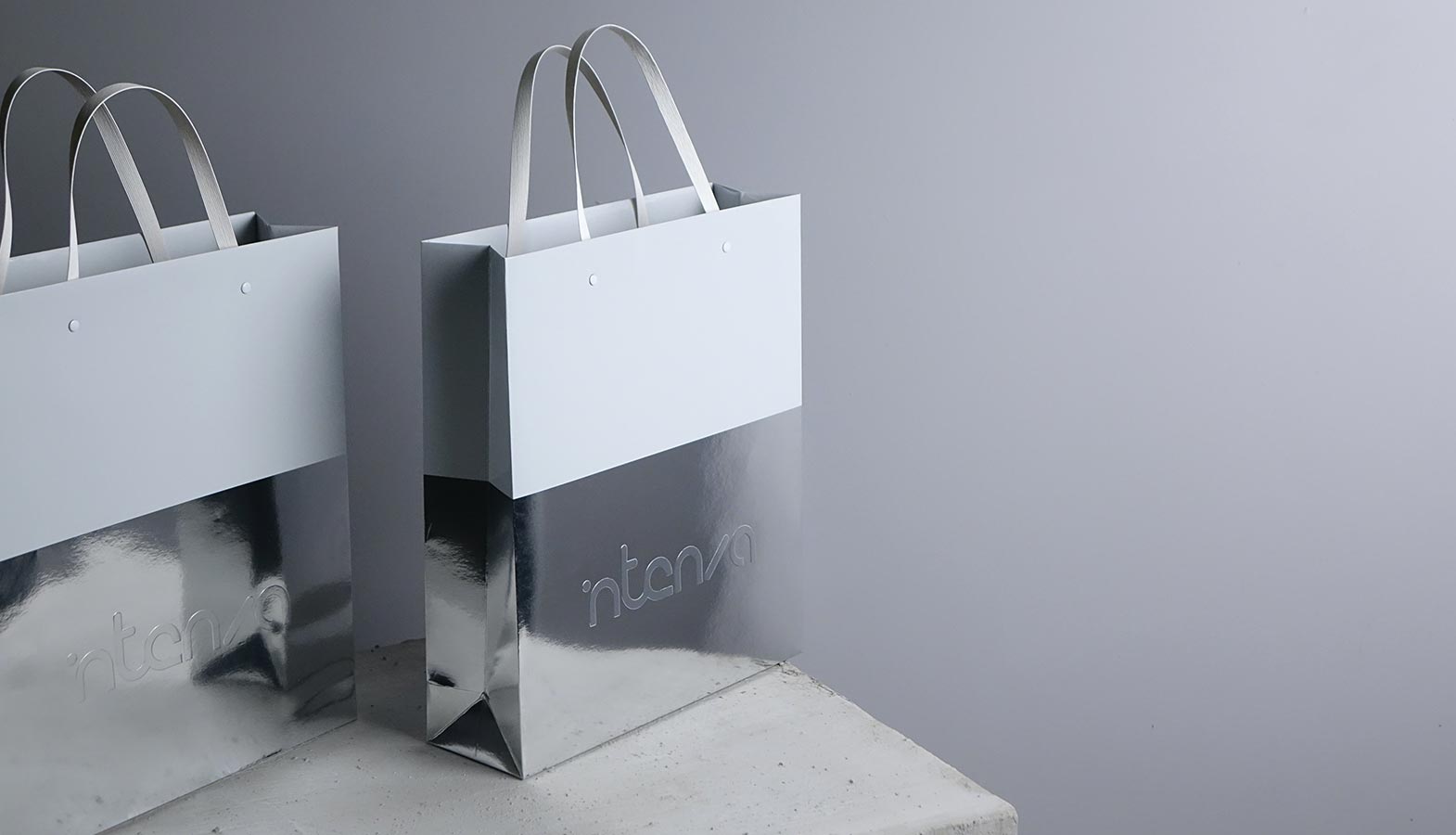
3. Well-defined Branding Improves Marketing
With the average American exposed to over 10,000 ads daily, creating unique brand marketing campaigns is essential. However, developing striking adverts that stand out from the crowd is tricky.
Luckily, a cohesive, reliable brand personality makes this easier. A brand ties your marketing efforts together and tells an overarching story.
Branding makes it easier for an audience to recognize your business and form long-lasting connections with it.
4. A Brand Improves Employee Morale
A strong, visible brand improves employee morale, inspiring them to work as a team. From a branded office space to corporate stationery and branded apparel, there are many ways to motivate your employees with your brand.
It’s not just the branded merchandise that inspires employees. A brand with a compelling story to tell makes it easier for employees to associate with and trust the company.
Employees who feel closer to the company work harder, perform better and become brand ambassadors.
5. A Strong Brand Inspires Customer Loyalty
With entrepreneurs starting over 4 million businesses yearly, competition in every industry will only increase.
It’s also a fact that repeat customers spend 67% more than new customers. Companies agree that it’s 80% cheaper to retain an existing client.
So, rather than only looking to gain new customers and reach new people, there should always be a focus on building customer loyalty.
A consistent brand with a clear vision and message can improve customer loyalty. Through your brand, you can inspire emotional connections with your target audience.
Customers become more loyal and will stick with your company for longer.
6. A Powerful Brand Identity Builds Prestige
Customers perceive businesses with established brands as being more prestigious when compared to those without a solid brand.
When customers view a brand as prestigious, they automatically trust it more and are willing to pay a premium for products or services.
In contrast, consumers view businesses without a brand identity as new, struggling, or unstable. This perception turns them away from these companies.
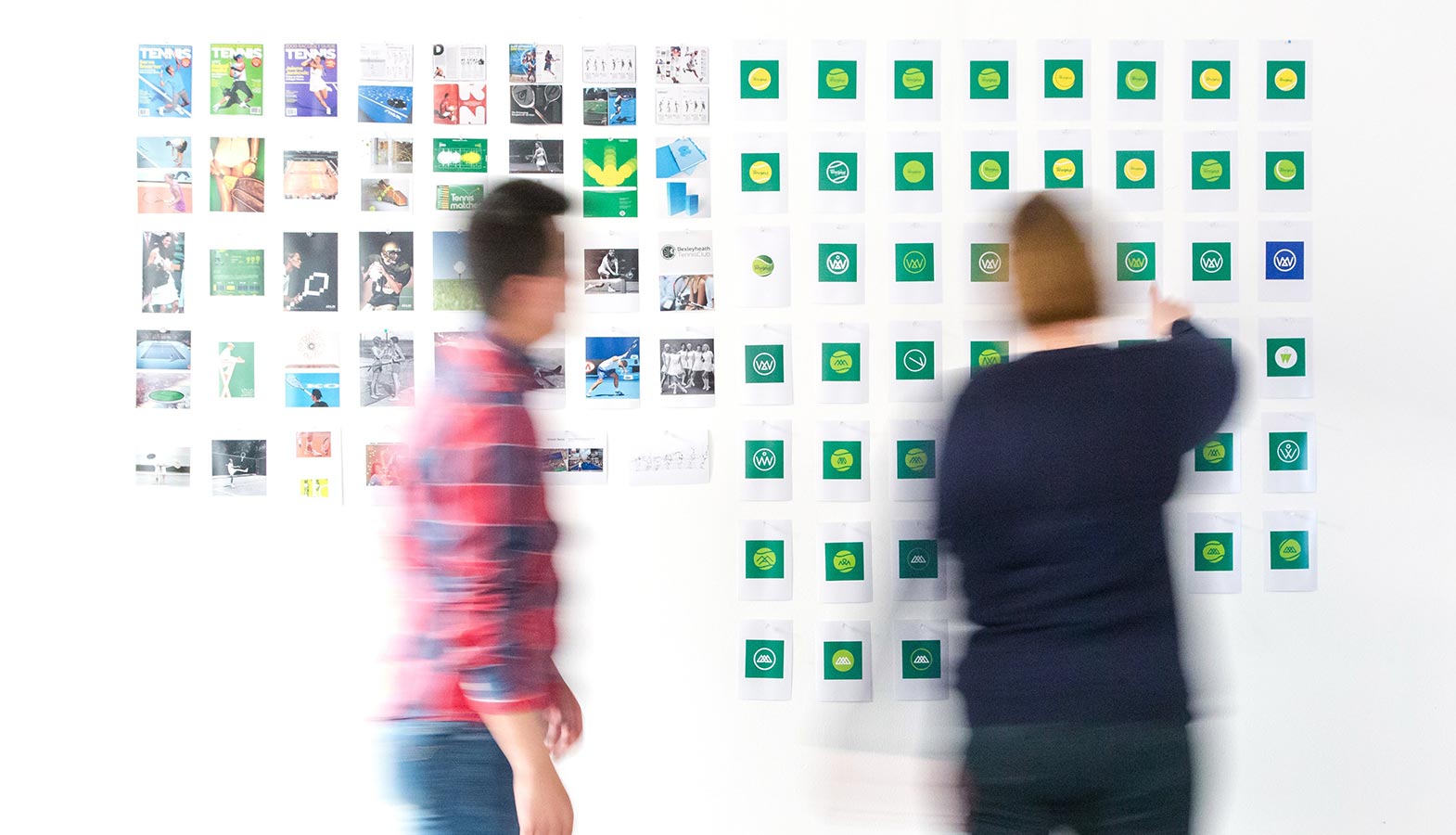
11 Steps To Building Your Own Brand Identity
It takes time and perseverance to build a successful brand. But if you follow these 11 steps to brand building, you can create an easily recognizable brand – no matter what industry your business is in.
1. Outline Your Purpose
Successful brands have a purpose, similar to a mission statement you may have developed shortly after deciding on your company name. To lay down a solid foundation for your brand, you must discover your brand’s purpose.
Marketing guru and life coach Simon Sinek said,
“People don’t buy what you do; they buy why you do it.”
So, to discover the purpose behind your brand, ask yourself the following questions:
- Why does your business exist?
- Why should people care about your business?
- What makes your business different from others in the industry?
- What problem do you help your consumers solve?
- How do you help your consumers overcome their problems?
Your answers to these questions will give you the insight to create a unique tagline, slogan, or value proposition. These answers will also help you decide on your brand story and messaging.
Your story and messaging give your brand a human touch, making it easier for people to relate to your brand.
Having a purpose behind your brand is crucial. Recent studies show that 50% of consumers buy products based on a brand’s value and messaging.
2. Define Your Mission And Values
Once you’ve defined your brand’s unique purpose, it’s time to define your mission statement and values. Use your brand’s purpose to develop your mission statement, vision, and goals.
For example, suppose you want to create a brand that sells handcrafted, original artwork from recycled materials. In that case, your mission statement could be: “We build original, handcrafted artwork from recycled materials to create unique works of art.”
Your vision may be: “To reduce trash and give old materials a second chance at life.”
Simply put, the mission is what you’re doing now, while the vision is what you’d like to accomplish in the future.
As you can see, the mission and vision statements should be straightforward, easy to understand and relate directly to your business goals.
The mission, values, and purpose will help shape your brand voice and personality. Customers will also find it easier to trust your brand and even relate to it when they know what your brand aims to accomplish.
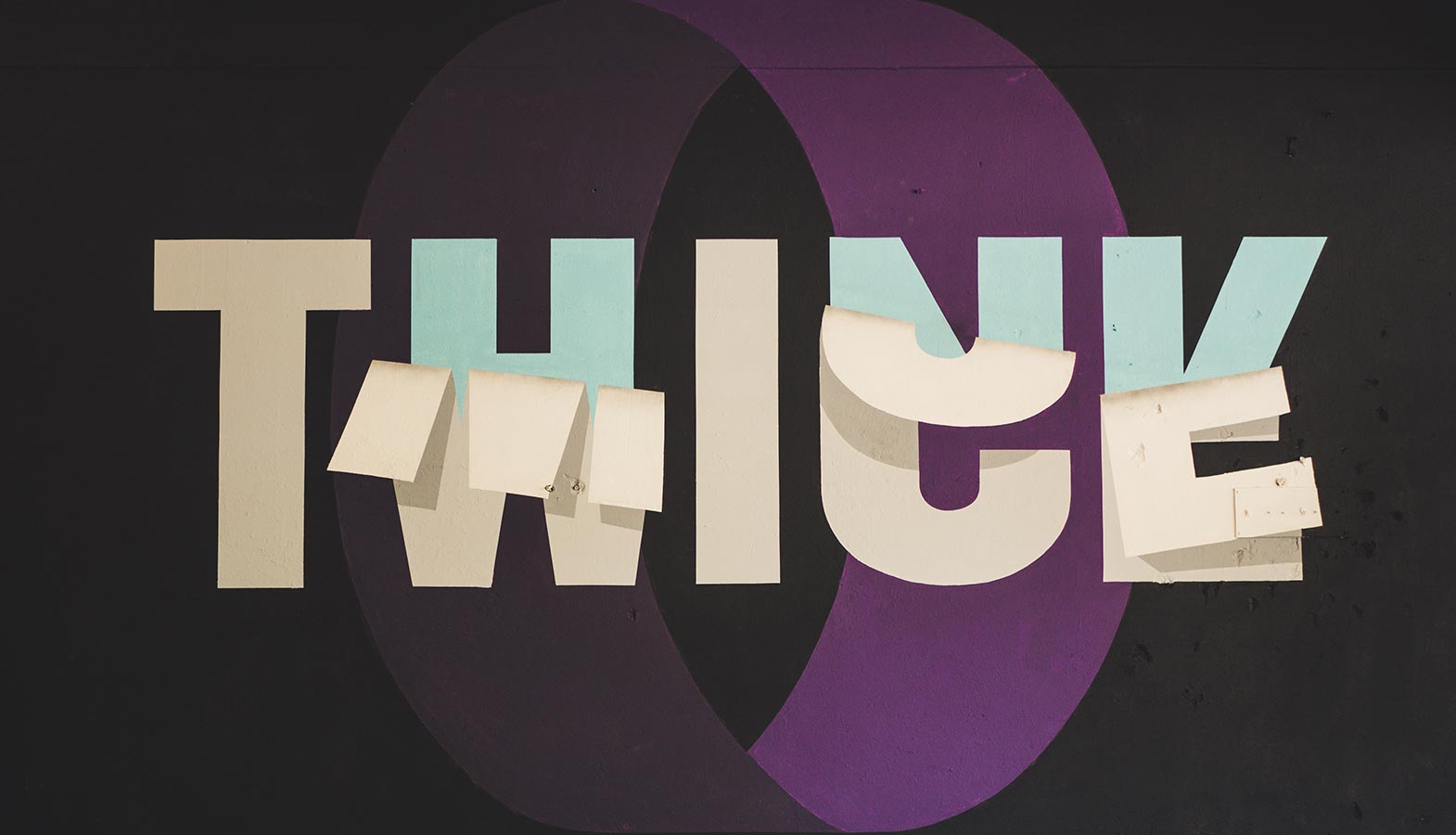
3. Create A Brand Story For A Successful Brand
A brand story is your company’s origin story. It tells the consumer what sparked your company’s creation and how that narrative drives your vision, mission, and goals. Creating a compelling origin story makes it easier for customers to remember who you are.
You can use your brand story to create empathic connections with customers. They’ll end up caring about you, quickly becoming lifelong fans and ambassadors. To tell an authentic story, do the following:
- Highlight your struggles: People love an underdog story. Explain to your audience in simple, concise language what difficulties your brand had to overcome.
- Provide a resolution: Your brand story needs a happy ending. Provide a resolution, explaining the current status quo and how you’ve eliminated the initial conflict.
By telling a compelling brand story, you make it easier for an audience to remember your brand.
4. Research Your Target Audience
Next, you need to do some research. Identify your target market to ensure that the brand you’re creating appeals to them.
If you start a brand that doesn’t appeal to your target market, your future marketing efforts will suffer.
For example, if you’re selling retirement homes, you want to avoid having a young, fresh brand that uses the latest slang and technology. Your target market, in this case, senior citizens, will need help to relate to your brand. They’ll turn to more conservative and conventional brands that suit their needs.
First, look at your products and determine who will buy them. You must be specific during this step. For example, if you’re selling organic, low-GI dog food, don’t target “dog owners” as your audience. The term “dog owners” is far too broad and nebulous.
Instead, you’ll be better off targeting dog owners with pets that require a specific diet. When you narrow your focus, you’re choosing a niche. Being in a niche means your business will have fewer competitors, improving its chances of succeeding.
Ways To Define Your Target Audience
To further your knowledge of your target audience, do the following:
- Look at existing customers: If you’ve got existing buyers, it’s an excellent source of research. Learn where they come from, their age range, and why they chose your products.
- Examine the competition: Research your competition. What audience is the competition trying to reach? Are they ignoring a particular audience group? If so, why? Can you appeal to this group, and will it be worth the effort?
- Develop buyer personas: Take a piece of paper and create the perfect customer profile. This profile should include essentials such as age, gender, demographics, and likes and dislikes. The more detailed this persona is, the better your chances of creating a brand that appeals to them.
There are numerous tools available to help you define your target audience. Tools range from Google Analytics to customer surveys and polls.
As your brand matures, you may want to attract a different audience segment. So, keeping your brand flexible and adaptable is essential if you want it to remain relevant for years to come.

5. Analyze Your Competitors
Competitor research or market analysis is fundamental in defining your brand positioning. Luckily, analyzing your competitors is relatively easy.
You can Google your products and see which brand names appear at the top of the search. For example, if you’re selling boutique clothing for toddlers, do the following:
- Search for “boutique clothing for toddlers”
- Make a list of the top four results
Next, visit each competitor’s website. Determine the following:
- Consistency: How consistent is the competitor with brand messaging and visual identity across different channels, such as the website, in-store, or social media platforms?
- Quality: Determine the quality level of your competitor’s products or services. Are they better or worse than your products? How do your products differ from theirs?
- Reviews: Read some customer reviews and social media mentions to learn more about how people perceive the competitor’s brand.
- Marketing: How does the competitor market their business online and offline?
- Commonality: What does this competitor have in common with other competitors in the industry?
You only need to do this research with 3 – 4 different competitors. The goal isn’t to try and imitate your competition. Instead, it would be best to determine where they do well and where they fail.
Knowing your competitors’ strengths and weaknesses helps to differentiate your brand from the competition and determine your unique brand positioning. It’ll make it easier to convince a customer to purchase your products instead of going to the competitor.
6. Decide On The Personality And Unique Brand Voice
Now that you have a better idea of your brand positioning and who your audience is, you can work on your brand’s personality and voice.
Deciding on your brand’s personality is undoubtedly one of the best parts of developing a consistent brand. Your brand voice and personality define how you communicate with your consumers.
Over time, consumers will start to recognize your personality and understand what to expect from you.
Your brand voice can range from:
- Professional and service orientated
- Casual and friendly
- Humorous and accessible to everyone
- Intelligent and energetic
- Serious and formal
Defining this will help if you portray your brand’s personality across all of your channels. It will influence all of your content and messaging. This includes everything from your website’s homepage to your blog articles, social media platforms, and customer care lines.
The language you and your employees use, online and offline, should represent your brand’s personality. This is key for good brand development. The more consistent your brand personality is, the easier it becomes for customers to recognize your brand, associate with it, and become repeat customers.
7. Outline What Makes Your Business Unique
Now it’s time to show off your brand’s unique personality. Gather all your research, including your purpose, goals, and brand personality.
This research shows what makes your brand identity unique from your competitors. For instance, consider the following:
- Are all your competitors serious, formal brands? Could you create a fun, casual brand instead to appeal to a younger audience?
- Does your brand offer a traditional service or product in a fresh, new, exciting way?
- Are your products different or more affordable than your competitors?
Make a list of everything that makes your business unique, whether it’s more affordable products, an eco-friendly approach, or a new twist on a traditional service or product. You’ll use these unique points to sell your brand to your target audience.
When you create your marketing material, refer to your unique selling points, and inform your target audience about them. Doing so sets your business apart from the competition and makes it easier for customers to recognize your brand.
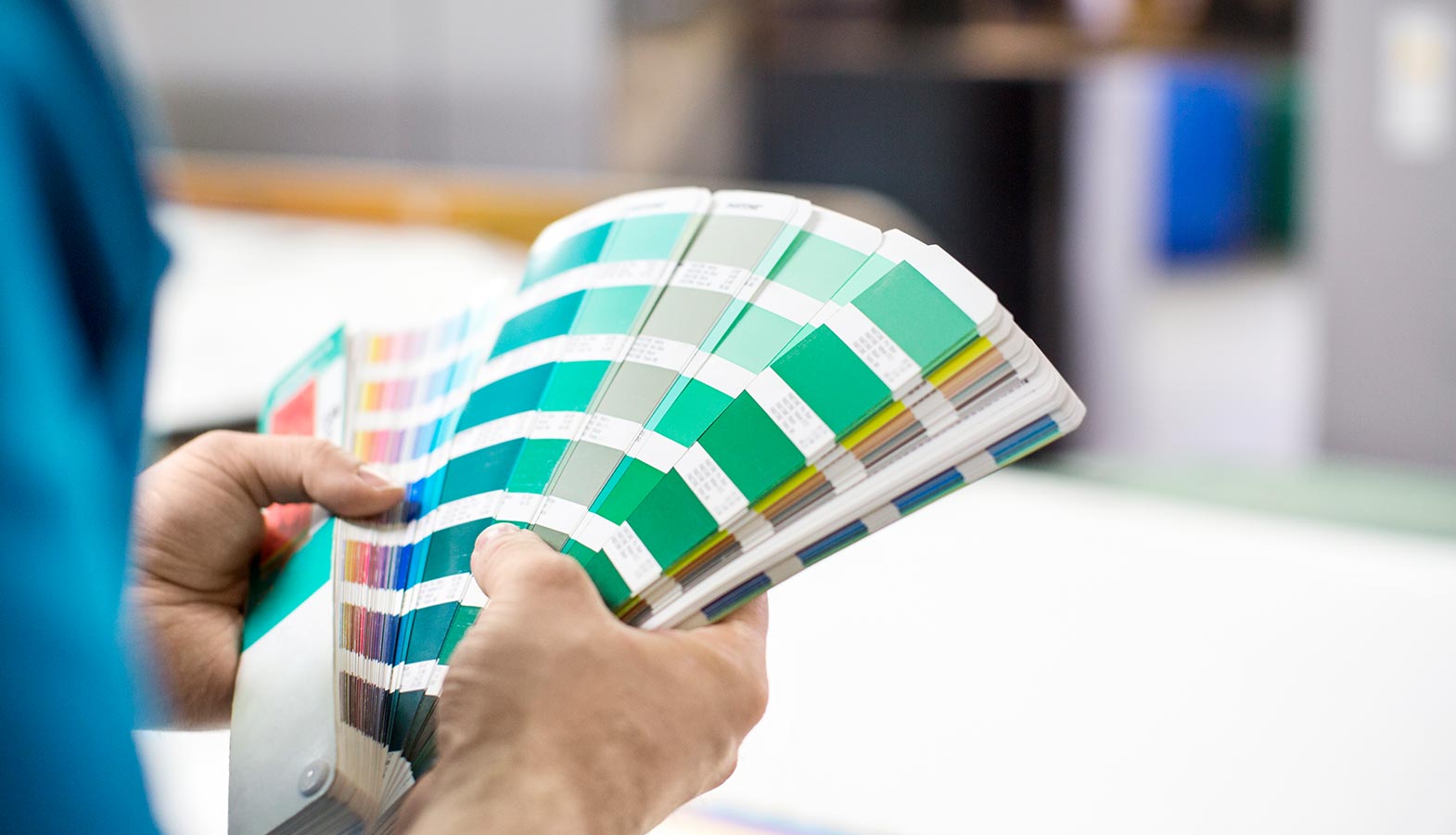
8. Decide On The Look Of Your Brand
An essential part of brand building is the design of a visual identity. A visual identity is all the visual elements that represent your brand online and offline, from colours to fonts and images.
When you’re creating a visual identity, you must concentrate on the following three elements:
Brand Colours
Colour plays a vital role in establishing your brand. It’s no secret that people associate certain colours with specific feelings, ideas, or even brands.
For instance, the bright red we find in McDonald’s and KFC is distinctive. It implies fast speeds and urges consumers to buy food quickly.
In contrast, blue is often the colour of established, formal corporations like banks and financial firms. At the same time, yellow is more playful, friendly, and casual.
As an example, look at McDonald’s’ colours. The red is fast and urgent. The yellow is playful and casual. These two colours perfectly represent their business goals and personality: To be a fun, fast-food franchise.
You must choose colours that represent your brand’s personality and voice. Choose between two or three colours.
- The first colour: Typically, the first colour is your primary colour. This main colour represents your brand. Think of the red in McDonald’s.
- The second colour: The second colour should be a complementary colour. You’ll use it to accentuate your visual identity and “compliment” your primary colour. In our example, yellow is McDonald’s second colour.
- The third colour: Finally, if you choose a third colour, use it sparingly. The third colour should be subtle and only highlight specific aspects of your brand.
Note that you shouldn’t change the brand colours once you’ve chosen them. You end up confusing your consumers whenever you change your brand’s colours. They lose trust in your brand and won’t consider it a professional, reliable brand. Customers will be less likely to spend money with your business.
Typography
Typography is all the text elements or fonts your brand identity will use to communicate with consumers. Fonts play a significant role in representing your brand’s personality.
For example, consumers often consider a big, bold font loud, threatening, or playful. In contrast, thin fonts give the impression of a minimalistic, professional, or focused brand.
Fonts can also represent the perceived age of a brand. For instance, an old serif font such as Times New Roman represents older, more traditional, and established brands. A young, energetic brand would be best with using a modern font, like Helvetica.
Choose a font that appeals to your brand’s target audience. Add this font to your brand kit or brand guidelines to use as reference and keep it consistent across all your channels.
Photos And Images
Imagery plays a significant role in your brand’s success. It’s best to decide on a specific theme for your photos and images before your brand becomes established.
Look at a brand such as Burger King. Their images are bold, daring, loud, and vibrant. These visuals fit with their products and brand identity. In contrast, a jeweller may use subtle, minimalistic images and photos to highlight their products’ sparkling diamonds and gemstones.
Do the market research and look at your competitors’ imagery and photos. Is there a reason why they’ve selected these visuals? Should you do the same, or could you do something different to stand out from the crowd?
A brand with unique visual assets will better target customers and improve loyalty and revenue.
Do User Testing
Once you’ve chosen your colours, font, and imagery, consider doing some user testing. Ask friends, colleagues, or even existing customers to describe their feelings when they look at each element.
After you’ve selected the best-performing visual elements, create a style guide or brand identity guide.
This guide is a rulebook that tells a professional designer how to create graphics for your brand. It ensures that your brand remains consistent, even when different designers work with it.
Your brand will only be successful if it stays consistent as this is what will build brand recognition and loyalty.
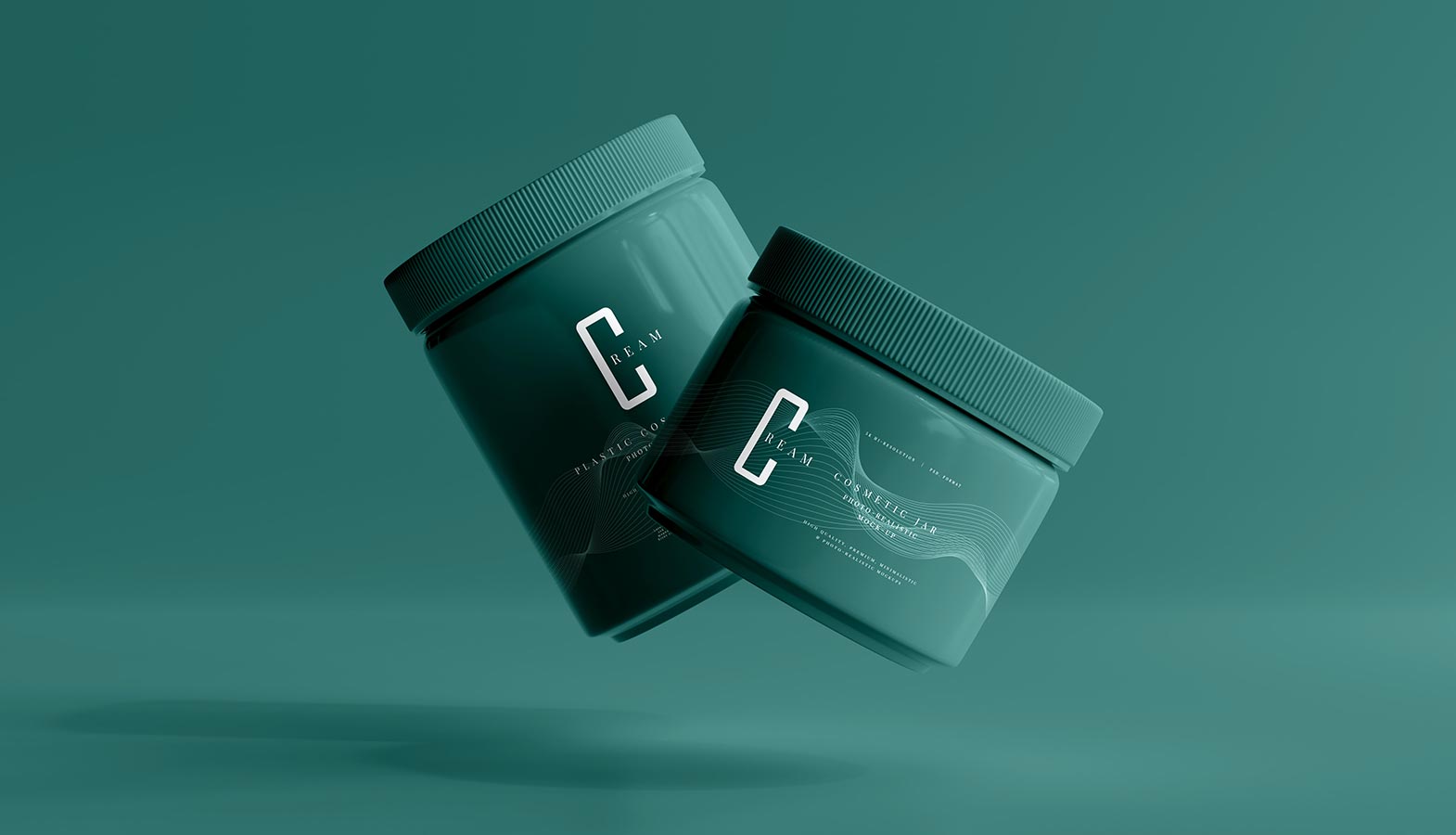
9. Design Your Brand’s Logo
A logo is your brand’s public face. Consumers will recognize your brand identity when looking at your logo.
The brand logo must appear on everything related to your business, from business cards to your website and social media profiles.
To create a brand logo, you may need to work with a creative professional, such as a logo designer. They specialize in transforming your brand’s personality into an easily recognizable brand mark.
However, you can make the design process easier by doing the following:
- Find inspiration: Search for logos or design elements that you like. Copy them into a document and take notes on why you like them.
- Keep it simple: Don’t create a complicated logo. Think of Nike’s brand mark or Apple’s logo. They’re simple and easy to recognize.
- Test your logo: Remember to test your logo with your brand colours. The logo and colours should work together to create a memorable brand mark.
- Go big and small: You’ll use your brand logo on various products, from websites to business cards and maybe even office stationery. Print out different size samples of your logo and see how easy it is to read or recognize your brand logo.
Most importantly, be consistent. Document your logo in your corporate identity guidelines or brand style guide.
10. Design & Develop Your Website
Whether you manage an eCommerce site or a service-based company, a website is crucial to your success. It’s best to think of your website as a staff member. Dress it up, and make it helpful, friendly, and consistent. Doing this ensures that customers enjoy a fantastic user experience.
To design and develop your website, it’s best to work with a professional web design agency. A professional web design agency understands how to translate your brand’s personality into an effective website that sells your products or services.
You can do several things to make designing and developing your website effortless and affordable.
- Research: Use your competitor research to see how their websites function. Do they have specific elements in common, such as categories, blogs, or search bars? Are there ways that you can improve on what your competitors have done?
- User testing: A professional web design company will do user testing. User testing is crucial to developing a user-friendly website. The easier it is to use your website, the quicker visitors turn into customers.
Finally, consider other web development aspects, such as hosting, web support, and more. Initially, you may need more time and effort to update and manage your website. In that case, it’s best to outsource your web support and development to a professional company.

11. Apply Your Branding Across Your Business
A brand identity has no value if you don’t share it. Your next step is to apply your branding across every aspect of your business, including your marketing channels.
This final step is where the brand kits developed by graphic designers earn their weight in gold. You will need to refer to your branding style guide often during this phase. Ensure that employees, designers, and contractors know how your brand looks and sounds.
You want to build brand awareness at every level of your business:
- Website: Design a website that suits your brand identity. Include your fonts, colours, and brand logo. Keep the branding across your website consistent.
- Social Media: Social media is fantastic for sharing your brand. Create social media posts, and share photos and graphics representing your brand’s personality. Engage with customers and followers, sticking to your brand’s voice.
- Marketing: Apply your brand to your marketing campaigns, whether you’re sending newsletters, printing pamphlets, or connecting with customers via YouTube videos.
- Brick-and-mortar spaces: Your logo should be visible in your office or retail premises. Include branding, such as posters or signage on the inside and outside of your premises. This makes it easier to recognize your business and gives it a professional image.
- Vehicles: Businesses with delivery or staff vehicles should mark them with the branding. Colours, logos, and slogans will advertise your business while the vehicles are on the road. It also creates an impression that your business is professional and reliable.
Consistency is crucial when you’re building brand awareness and recognition. The more consistent you are with your brand identity, the more familiar people will become with your business.
Consistency also tells your audience that your brand is stable and reliable.
Should I Rebrand My Business?
Considering rebranding your business is a big decision. Companies risk alienating their consumers and losing their target audience and sales if they need to rebrand.
However, there are several reasons why a company may decide to rebrand. For example, modernizing their brand logo, trying to stand out from the competition, and changing existing perceptions of their brand.
Companies can strengthen their brand’s image by rebranding when necessary. However, companies shouldn’t rebrand every other day.
Frequent rebranding implies that they’re unstable and unreliable. Only ever consider rebranding when your brand needs a boost.
It would be best if you also rebranded when:
1. Rebrand To Differentiate From The Competition
You are hurting your brand if your company name is generic and similar to that of others.
Similarly, a generic logo will harm your brand, and your brand may suffer if you use stock art in your branding or marketing materials. People are likely to recognize stock art when they see it, and your competitors may use those images too.
A rebranding campaign can help your company stand out from competitors by showcasing what makes it unique and superior.
2. Rebrand To Give New Life To An Old, Outdated Company
Old and outdated graphics, fonts, or even websites with an 80’s colour palette can drag your brand down. These visuals make your brand look old and no longer relevant.
In this case, a rebrand is perfect. You can revive your business, giving it a fresh new look. Even the familiar Apple logo evolved through the years to stay relevant to modern consumers.
3. Rebrand To Improve A Poor Reputation
An existing business may develop a bad reputation. Whether it’s from uncontrolled events, like accidents, riots, or cultural issues, this can happen to any business.
A company’s reputation can be so damaged that it becomes nearly impossible to win back the trust of loyal customers. In this instance, rebranding to improve a poor reputation is a valid option.
For example, Uber had to rebrand to break ties with its bad reputation. Their new branding demonstrates a commitment to a new, unique culture.
4. Rebrand When It’s Time To Evolve
When a business becomes so successful that it gets the opportunity to expand, or target a new audience, it may need to rebrand.
Rebranding is essential to ensure that old and new customers can form a connection with your company. A great example of an evolving company is Meta, formerly Facebook Inc. Their new branding is young and fresh and ties with their unique business goals, like the creation of the Metaverse.
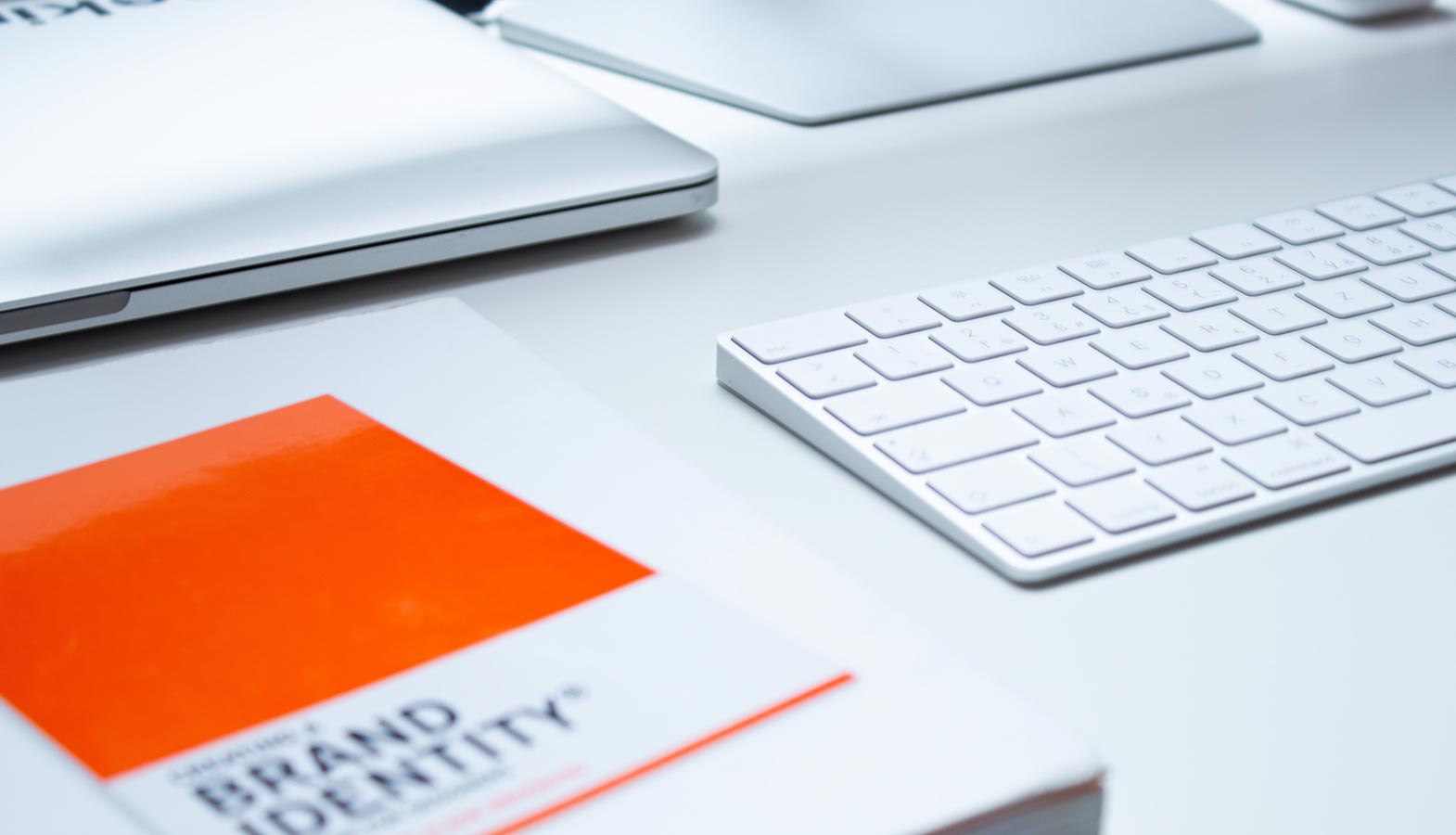
How Do I Rebrand To Strengthen My Existing Brand?
If you want to breathe new life into your brand or rebuild it, consider the following:
- Understand your mission and goals: Understanding your corporate goals is crucial. Do you want to rebrand to target a new audience? Are you rebranding to better share your company’s vision, mission, and goals?
- Consider existing assets: Few companies can start a brand with a clean slate. Most companies can only do a partial or complete rebrand. When rebranding, consider all your existing brand assets. Are there elements you can reuse or incorporate into the new brand personality?
- Determine your market position: Like starting a new brand, when rebranding, you must do research. Look at your competitors, and determine what sets your business apart. This is your value proposition and will make marketing your new brand easier.
- Collaborate with employees: Employees are the people that work with and represent your brand at every stage. Collaborate with them to create a fresh brand relevant to their experiences and knowledge.
- Develop a plan: Rebranding is a long, complicated process. It’s best to create a step-by-step plan. This plan makes tracking your progress easy and ensures a successful rebrand.
- Remember the launch: The launch is an essential part of your rebranding. Don’t rebrand and not tell your consumers about it. They may think you’re a different business, and your sales figures will drop. The launch is a marketing campaign where you inform your clients of your new brand.
What To Keep In Mind When Rebranding
Whether your starting a new brand, or rebranding an old one, always ensure that the brand is:
- Relevant to your target audience
- Represents your brand values, mission, and goals
- Remains consistent
Follow these steps, and your business will benefit from a strong, adaptable brand image for years to come. This brand image will translate directly into more sales, improved customer loyalty, and a more positive public image.
Summing Up The Brand Building Strategy
Building a brand is essential to your business’s success. A solid, cohesive brand inspires customer loyalty, introduces new customers to your company, and improves employee morale.
Creating a reliable brand identity is easy. Still, you must pay attention to how you, your employees, contractors, and customers interact with it.
Your company can expect years of success, more straightforward marketing campaigns, and a broader market reach when you have a reliable brand.
If you feel intimidated by the thought of developing a brand image, contact us. We have over 20 years under our belt, creating award-winning brands that resonate with customers and can work with you to build a successful brand for your business.




